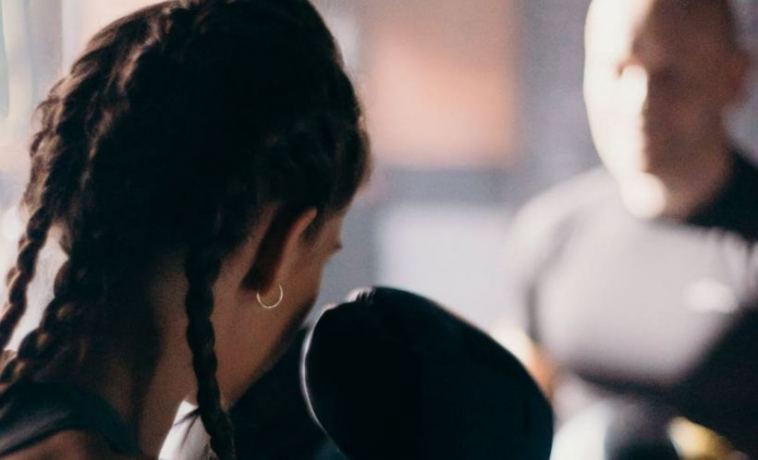- Like
- SHARE
- Digg
- Del
- Tumblr
- VKontakte
- Flattr
- Buffer
- Love This
- Save
- Odnoklassniki
- Meneame
- Blogger
- Amazon
- Yahoo Mail
- Gmail
- AOL
- Newsvine
- HackerNews
- Evernote
- MySpace
- Mail.ru
- Viadeo
- Line
- Comments
- Yummly
- SMS
- Viber
- Telegram
- JOIN
- Skype
- Facebook Messenger
- Kakao
- LiveJournal
- Yammer
- Edgar
- Fintel
- Mix
- Instapaper
- Copy Link
Introduction
Feeling overwhelmed is common when you’re new to the sport of boxing. You have to learn how to throw punches, protect yourself, and wrap your hands when all you really want to do is punch a speed bag or step into a ring to slug it out. One of the first things you’ll need to do, however, is develop a stance that’s best for you which can take months to perfect.
You can’t box well if your stance isn’t just right but it can be a difficult concept to process for those who are new to the sport. You might wonder how your feet impact how you punch and why it’s such a critical aspect of boxing. But a proper stance improves your balance, power, speed, and ability.
You’ll be able to throw a greater variety of punches without being too exposed. Keep in mind that a stance that works for one person may not work for another with everything from mobility to height having an impact on it. You want to find one that allows you to use your body in the most effective way possible.
So how do you know which boxing stance is right for you? Follow these steps for the optimal technique.
Left-Handed Vs. Right Handed
Studies have been conducted on whether professional boxers who are left-handed versus those that are right-handed get more victories, and researchers found that it really has no effect. The more important thing is that you use your dominant hand, whichever it is, to develop your most effective boxing stance as it plays an important role in setting it up. If you’re right-handed, your right hand is stronger so you’ll keep it back in your stance, and if you’re left-handed, your left hand stays back.
Right-Handed Left Foot Forward, Left-Handed Right Foot Forward
An orthodox stance means that if you’re right-handed you’ll stand with your left foot forward. It was named as such because most people are right-handed. The southpaw stance is for the left-handed, with the right foot forward and the left foot back. Bend your knees and spring up and down without moving your feet, which should feel comfortable, not awkward.
Upper Body Positioning
Your upper body should be positioned so that it’s in about the same direction as your front foot, which for right-handers should point toward 1:00 using a clock dial analogy, and for left-handers, toward 11:00. Don’t turn your upper body too far toward your back foot or square to your target.
Develop Your Guard and Protect Your Body
To develop your guard, bend your arms and then raise your fists toward your face. You want your front fist to be a little ahead and a bit higher than your back fist. Aim to keep your back fist at about chin height and your front fist about the height of your nose, a couple of inches in front of your face. Keeping your elbows tucked at your sides protects your body. You should also keep your chin tucked down but not so much that it strains your neck. You want it protected, keeping it away from your opponent while still feeling relaxed.
About Theresa Duncan
Originally from Detroit, MI, Theresa has been offering health and fitness advice for the last 30 years while working as an engineer. She decided to turn her passion into a profession, and finds nothing more satisfying than helping others reach their health and fitness goals.

